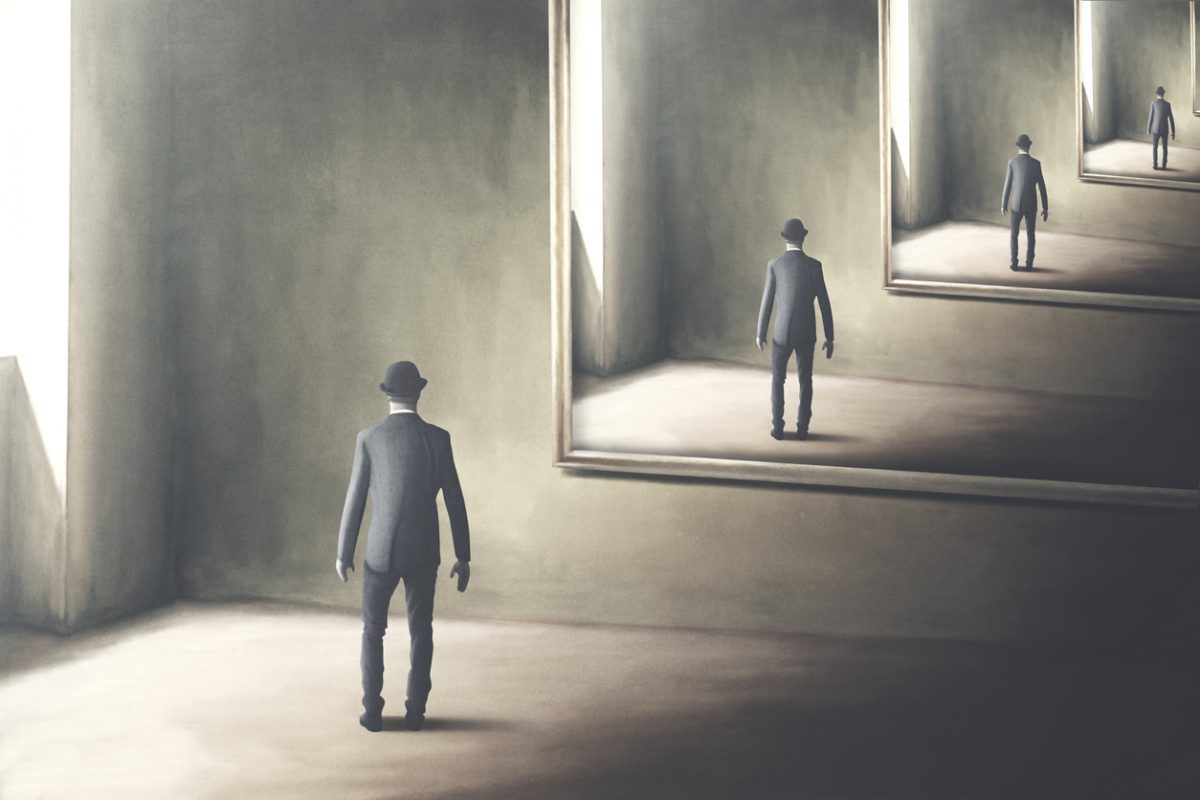Transcranial Direct-Current Stimulation as an Adjunct to Electroconvulsive Therapy and Clozapine for Refractory Psychosis
To the Editor: Twenty-five to 30% of patients with schizophrenia report persistent auditory hallucinations despite an adequate treatment regimen.1 Transcranial direct-current stimulation (tDCS) is a noninvasive method that modulates cortical excitability through electrodes placed directly on the scalp. Anode stimulation subthreshold depolarizes neuronal membranes, while cathode stimulation subthreshold hyperpolarizes neurons.2
The tDCS method has been used to treat major depressive disorder. In patients with major depressive disorder, functional magnetic resonance imaging has shown prefrontal asymmetry with hypoactivity of the left dorsolateral prefrontal cortex (DLPFC) and hyperactivity of the right DLPFC.3 Placement of the anode (excitatory) over the left DLPFC and the cathode (inhibitory) over the right DLPFC is theorized to correct the abnormal frontal activity. Using this model of neuromodulation, it can be hypothesized that similar strategies could be used to target imbalances of neuronal activity in patients experiencing auditory hallucinations. Studies with functional magnetic resonance imaging have shown that hypoactivity in the left prefrontal cortex and left anterior cingulate is associated with auditory hallucinations in patients with schizophrenia.4
Brunelin et al1 showed that tDCS significantly reduced persistent auditory hallucinations in refractory psychosis. Additionally, the effects of tDCS appear to be multifactorial, as it stimulates both local and remote plastic changes mediated by regulation of neurotransmitters including dopamine, acetylcholine, and serotonin.5
We describe a patient who was not responding to treatment with clozapine and ECT and ultimately derived benefit from the addition of tDCS.
Case report. Mr A is a 53-year-old man with a 30-year history of schizoaffective disorder, depressed type (per DSM-IV criteria), who suffers from persistent auditory hallucinations. He received an acute course of electroconvulsive therapy (ECT) with maintenance weekly ECT treatments for several months and clozapine 700 mg daily, yet continued to psychiatrically decompensate. Time between weekly ECT treatments could not be lengthened due to worsening auditory hallucinations, leading him to become suicidal and subsequently hospitalized. Mr A was given tDCS adjunctively, and his progress was monitored using the Positive and Negative Syndrome Scale (PANSS), with baseline assessment recorded before treatment initiation and reassessment recorded 1 day posttreatment before subsequent initiation of ECT. Weekly ECT treatments were held during tDCS administration and restarted the following week. Mr A was given the standard regimen of 20-minute tDCS treatments twice daily for 5 consecutive days. The stimulator was set to deliver 2 milliamps with anodal (excitatory) stimulation placed over the left DLPFC and cathodal (inhibitory) stimulation placed over the left temporoparietal cortex.
Mr A’s pretreatment PANSS score for positive symptoms was 13 and remained the same posttreatment, but showed a 67% improvement in delusions and a 20% improvement in auditory hallucinations. The negative symptom pretreatment PANSS score of 22 remained static posttreatment; however, blunted affect decreased by 20% and emotional withdrawal decreased by 40%. The general psychopathology pretreatment PANSS score demonstrated overall improvement of 22%, with a 33% decrease in anxiety, 20% decrease in depression, 67% decrease in lack of judgment/insight, and 50% decrease in guilt, tension, and uncooperativeness. Overall, Mr A reported improved mood, feelings of hope, and fewer auditory hallucinations.
Discussion. The addition of tDCS, as an adjunctive treatment to ECT and clozapine, provided a beneficial response in Mr A. This case shows a patient who experienced near immediate improvement in positive symptoms of auditory hallucinations, which is consistent with the findings published by Brunelin et al,1 who found tDCS reduces auditory hallucinations refractory to antipsychotic drugs in patients with schizophrenia.
This case suggests that tDCS may help reduce severe auditory hallucinations as well as negative symptoms when used in combination with ECT and antipsychotic treatment. The patient presented here demonstrates an overall positive response with the addition of tDCS to his treatment regimen. Further study is warranted to ascertain whether tDCS may be an effective adjunct to ECT and pharmacotherapy in treatment-resistant hallucinations.
References
1. Brunelin J, Mondino M, Gassab L, et al. Examining transcranial direct-current stimulation (tDCS) as a treatment for hallucinations in schizophrenia. Am J Psychiatry. 2012;169(7):719-724. PubMed doi:10.1176/appi.ajp.2012.11071091
2. Nitsche MA, Paulus W. Excitability changes induced in the human motor cortex by weak transcranial direct current stimulation. J Physiol. 2000;527(pt 3):633-639. PubMed doi:10.1111/j.1469-7793.2000.t01-1-00633.x
3. Grimm S, Beck J, Schuepbach D, et al. Imbalance between left and right dorsolateral prefrontal cortex in major depression is linked to negative emotional judgment: an fMRI study in severe major depressive disorder. Biol Psychiatry. 2008;63(4):369-376. PubMed doi:10.1016/j.biopsych.2007.05.033
4. Lawrie SM, Buechel C, Whalley HC, et al. Reduced frontotemporal functional connectivity in schizophrenia associated with auditory hallucinations. Biol Psychiatry. 2002;51(12):1008-1011. PubMed doi:10.1016/S0006-3223(02)01316-1
5. Medeiros LF, de Souza IC, Vidor LP, et al. Neurobiological effects of transcranial direct current stimulation: a review. Front Psychiatry. 2012;3:110. PubMed doi:10.3389/fpsyt.2012.00110
Author affiliations: School of Medicine (Drs Jacks and Mittendorf) and Department of Psychiatry and Behavioral Sciences (Drs Kalivas and Short and Ms Kindt), Medical University of South Carolina, Charleston.
Potential conflicts of interest: None reported.
Funding/support: None reported.
Published online: June 26, 2014.
Prim Care Companion CNS Disord 2014;16(3):doi:10.4088/PCC.14l01635
© Copyright 2014 Physicians Postgraduate Press, Inc.




